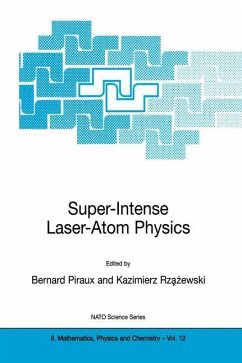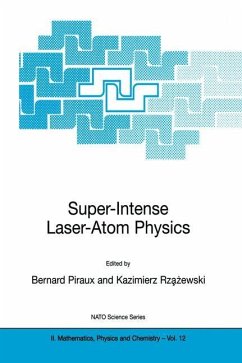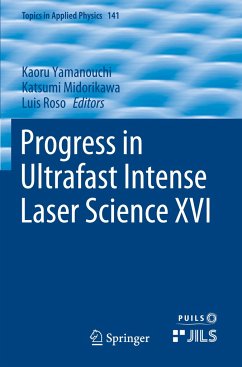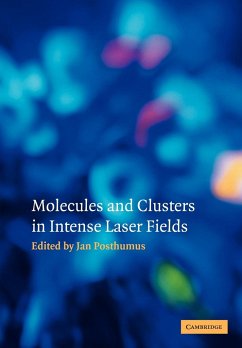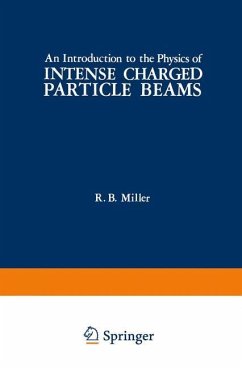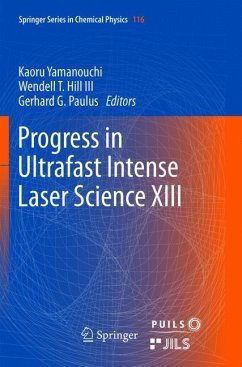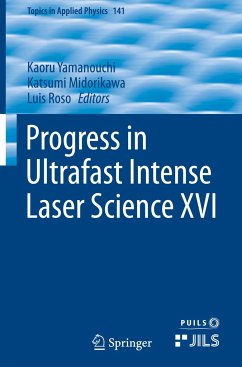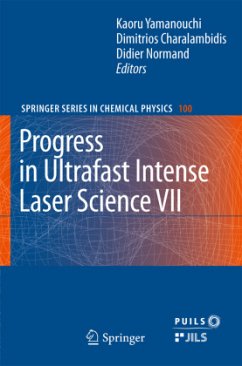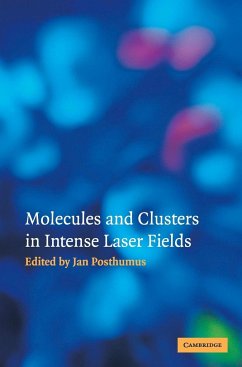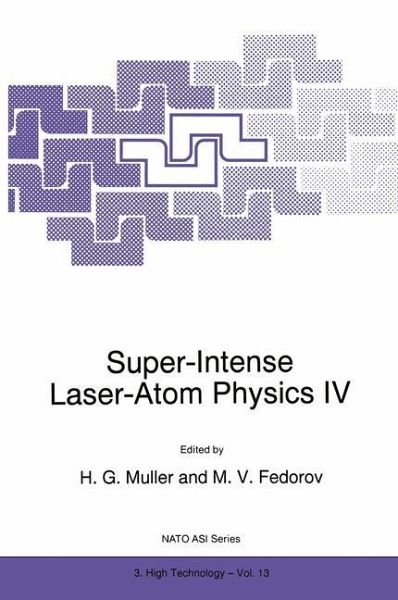
Super-Intense Laser-Atom Physics IV
Versandkostenfrei!
Sofort lieferbar
39,99 €
inkl. MwSt.

PAYBACK Punkte
20 °P sammeln!
Atoms in strong radiation fields are interesting objects for study, and the research field that concerns itself with this study is a comparatively young one. For a long period after the ~scovery of the photoelectric effect. it was not possible to generate electro magnetic fields that did more than perturb the atom only slightly, and (first-or~er) perturbation theory could perfectly explain what was going on at those low intensities. The development of the pulsed laser bas changed this state of affairs in a rather dramatic way, and fields can be applied that really have a large, or even dominan...
Atoms in strong radiation fields are interesting objects for study, and the research field that concerns itself with this study is a comparatively young one. For a long period after the ~scovery of the photoelectric effect. it was not possible to generate electro magnetic fields that did more than perturb the atom only slightly, and (first-or~er) perturbation theory could perfectly explain what was going on at those low intensities. The development of the pulsed laser bas changed this state of affairs in a rather dramatic way, and fields can be applied that really have a large, or even dominant influence on atomic structure. In the latter case, w~ speak of super-intense fields. Since the interaction between atoms and electromagnetic waves is characterized by many parameters other than the light intensity, such as frequency, iQnization potential, orbit time, etc., it is actually quite difficult to define what is exactly meant by the term 'super-intense'. Obviously the term does not have an absolute meaning, and intensity should always be viewed in relation to other properties of the system. An atom in a radiation field can thus best be described in terms of various ratios of the quantities involved. The nature of the system sometimes drastically changes if the value of one of these parameters exceeds a certain critical value, and the new regime could be called super-intense with respect to that parameter.



